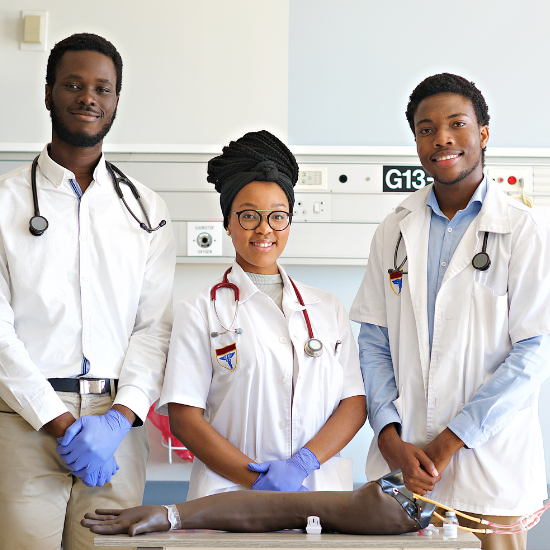Getting The Northeast Medical Institute - New Haven Campus Phlebotomy Course & Cna Class To Work
Getting The Northeast Medical Institute - New Haven Campus Phlebotomy Course & Cna Class To Work
Blog Article
The Ultimate Guide To Northeast Medical Institute - New Haven Campus Phlebotomy Course & Cna Class
Table of ContentsSome Ideas on Northeast Medical Institute - New Haven Campus Phlebotomy Course & Cna Class You Need To KnowGetting My Northeast Medical Institute - New Haven Campus Phlebotomy Course & Cna Class To WorkThe smart Trick of Northeast Medical Institute - New Haven Campus Phlebotomy Course & Cna Class That Nobody is Talking AboutThe smart Trick of Northeast Medical Institute - New Haven Campus Phlebotomy Course & Cna Class That Nobody is DiscussingAn Unbiased View of Northeast Medical Institute - New Haven Campus Phlebotomy Course & Cna ClassHow Northeast Medical Institute - New Haven Campus Phlebotomy Course & Cna Class can Save You Time, Stress, and Money.
The use of such gadgets need to be gone along with by other infection prevention and control practices, and training in their use. Not all security tools are applicable to phlebotomy. Prior to selecting a safety-engineered device, customers should extensively examine readily available gadgets to determine their suitable usage, compatibility with existing phlebotomy techniques, and effectiveness in securing staff and individuals (12, 33).For setups with low sources, expense is a motoring variable in purchase of safety-engineered devices. Where safety-engineered devices are not readily available, experienced usage of a needle and syringe is appropriate.
Among the vital markers of high quality of care in phlebotomy is the participation and cooperation of the patient; this is mutually beneficial to both the health and wellness employee and the patient. Clear details either composed or verbal ought to be available to every client who goes through phlebotomy. Annex F provides sample text for discussing the blood-sampling treatment to a client. In the blood-sampling area for an outpatient department or clinic, supply a comfortable reclining couch with an arm remainder.
5 Simple Techniques For Northeast Medical Institute - New Haven Campus Phlebotomy Course & Cna Class
Guarantee that the indications for blood tasting are plainly specified, either in a created protocol or in documented instructions (e.g. in a research laboratory form). Whatsoever times, adhere to the strategies for infection prevention and control detailed in Table 2.2. Infection prevention and control methods. Collect all the equipment needed for the procedure and location it within safe and easy reach on a tray or trolley, ensuring that all the products are clearly visible.
Introduce yourself to the patient, and ask the individual to mention their full name. Check that the lab kind matches the person's identification (i.e. match the person's details with the lab form, to guarantee accurate identification).
Make the client comfortable in a supine setting (ideally). Location a tidy paper or towel under the patient's arm. Discuss the examination to be executed (see Annex F) and get spoken permission. The patient has a right to refuse a test at any time prior to the blood tasting, so it is essential to guarantee that the patient has actually understood the treatment.
Excitement About Northeast Medical Institute - New Haven Campus Phlebotomy Course & Cna Class
Prolong the client's arm and examine the antecubital fossa or forearm. Find a vein of a good dimension that is noticeable, straight and clear. The layout in Section 2.3, reveals common positions of the vessels, however numerous variants are feasible. The mean cubital capillary lies between muscular tissues and is typically one of the most very easy to penetrate.
DO NOT place the needle where veins are diverting, because this increases the chance of a haematoma. The capillary ought to be noticeable without applying the tourniquet. Locating the blood vessel will certainly assist in determining the appropriate dimension of needle. Apply the tourniquet regarding 45 finger sizes over the venepuncture website and re-examine the vein.
Samplings from main lines carry a threat of contamination or wrong lab test outcomes. It is acceptable, however not suitable, to draw blood specimens when first Our site introducing an in-dwelling venous device, prior to connecting the cannula to the intravenous liquids.
The 10-Second Trick For Northeast Medical Institute - New Haven Campus Phlebotomy Course & Cna Class
Failure to enable enough call time enhances the risk of contamination. DO NOT touch the cleansed website; in particular, DO NOT position a finger over the vein to direct the shaft of the subjected needle.
Ask the individual to develop a fist so the veins are extra popular. Enter the vein swiftly at a 30 degree angle or less, and remain to present the needle along the blood vessel at the simplest angle of access - CNA Courses. As soon as enough blood has actually been collected, release the tourniquet prior to withdrawing the needle
Examine This Report on Northeast Medical Institute - New Haven Campus Phlebotomy Course & Cna Class
Take out the needle carefully and use mild pressure to the website with a tidy gauze or completely dry cotton-wool round. Ask the client to hold the gauze or cotton woollen in area, with the arm prolonged and increased. Ask the patient NOT to bend the arm, due to the fact that doing so triggers a haematoma.

What Does Northeast Medical Institute - New Haven Campus Phlebotomy Course & Cna Class Do?
Where feasible, maintain the tubes in a shelf and relocate the shelf in the direction of you - https://pubhtml5.com/homepage/qvakm/. If the example tube does not have a rubber stopper, inject exceptionally slowly into the tube as reducing the pressure and rate made use of to move the sampling decreases the risk of haemolysis.

Report this page